
Roots
There exists a lineage, vibrant and unbroken, etched not in parchment or stone, but within the very helix of textured hair. For countless generations, across continents and through the whispers of diaspora, the cleansing of these magnificent crowns was never a mere act of hygiene. It was a communion with the earth, a reverence for ancestral ways, a declaration of identity. We speak of plant cleansers, yes, but more than that, we speak of the enduring spirit of care, a legacy held within each coil and curl, a testament to resilience and profound wisdom.

The Architecture of Textured Hair
To truly grasp how plant cleansers support textured hair, one must first appreciate its unique architectural blueprint. Unlike hair types with a more circular cross-section, textured strands often exhibit an elliptical or flattened shape. This structural characteristic gives rise to a particular challenge ❉ the cuticle, that protective outer layer of overlapping scales, tends to be more lifted and open along the curves of a coil. While this openness allows for a glorious display of light and dimension, it also means these strands are more susceptible to moisture loss and tangling.
The scalp, the rich soil from which these strands emerge, also presents its own landscape, producing natural oils that, while vital, might not travel as easily down the length of a spiraled strand as they would a straight one. Plant cleansers, with their inherent gentleness and complex biological compounds, inherently understand this architecture, offering a cleaning that honors rather than disrupts its delicate balance.
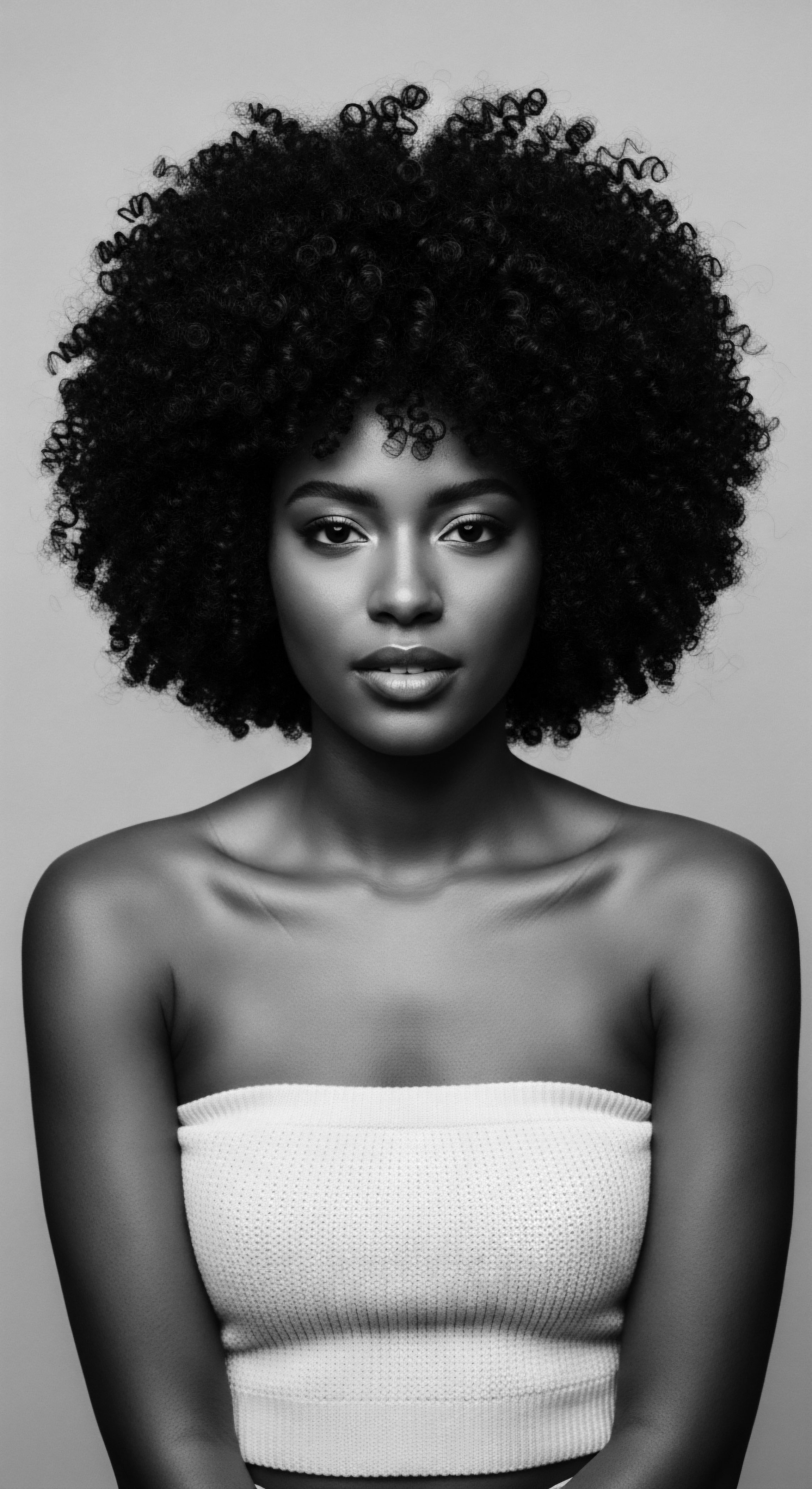
Ancestral Botanical Wisdom
Across Africa and its diasporic settlements, a profound botanical knowledge flourished, passed down through the hands and voices of elders. Our ancestors did not possess laboratories, yet their empirical wisdom, honed over centuries, identified plants capable of gentle, effective cleansing. These were not singular ingredients but often combinations, creating synergistic effects that modern science now seeks to unpack. The recognition of a plant’s saponin content, for example, a natural foaming agent, was not an abstract chemical understanding but a lived experience of how a particular leaf or root could purify without stripping the hair’s inherent life force.
The essence of plant cleansers lies in their centuries-old alliance with textured hair, an alliance forged in ancestral knowledge and sustained by natural efficacy.
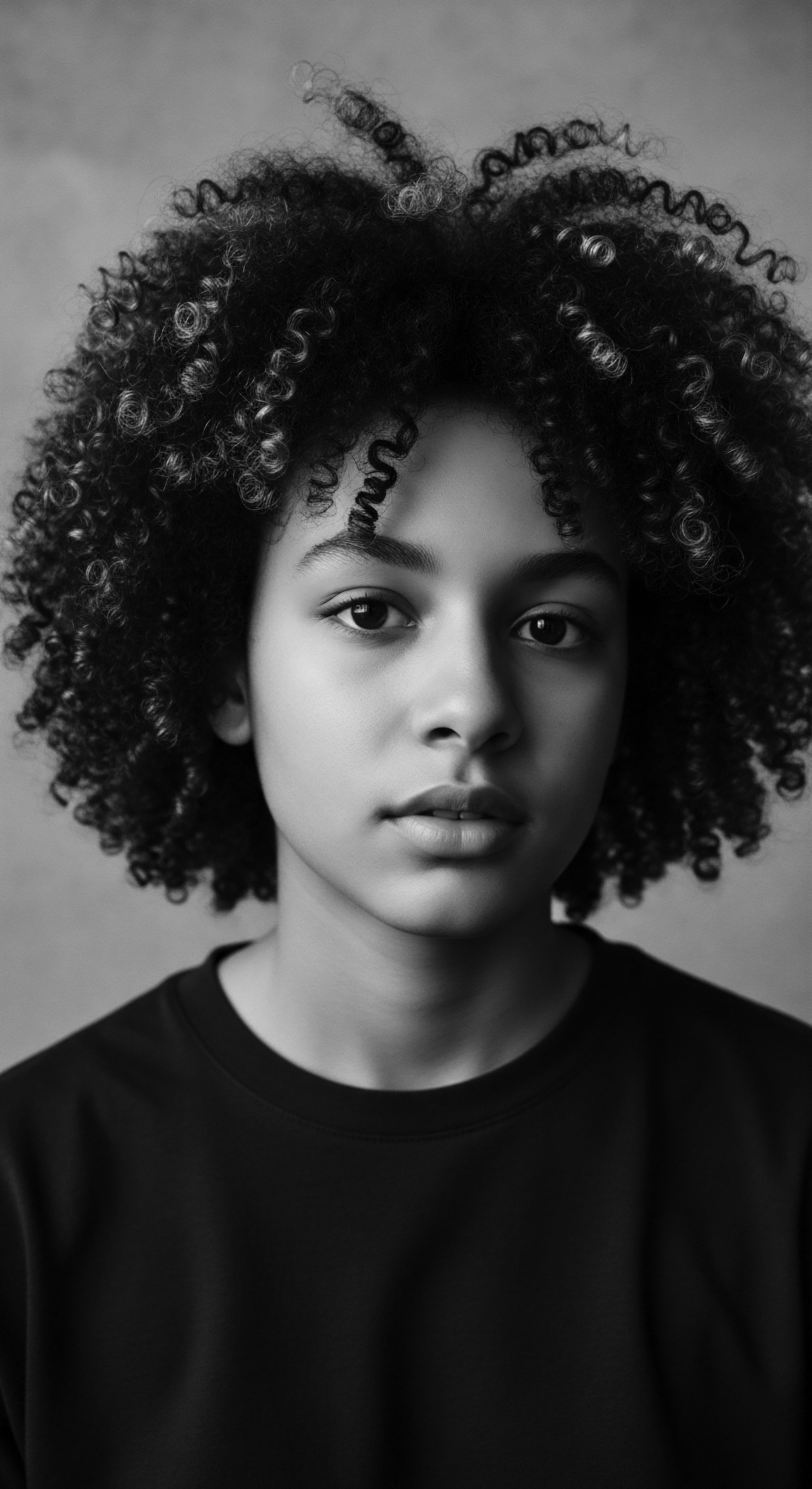
The Enduring Legacy of Alata Samina
Consider the powerful lineage of African Black Soap, known in its various West African forms as Ose Dudu among the Yoruba in Nigeria or Alata Samina in Ghana. This cleanser transcends a mere washing agent; it is a cultural icon, a symbol of heritage passed down through countless generations. Crafted from the ash of plantain peels, cocoa pods, and palm leaves, combined with nourishing oils like shea butter and palm kernel oil, its creation was (and in many communities, remains) a communal enterprise. The ash provides the saponifying agents, allowing for a gentle yet thorough purification, while the oils counteract the potential for dryness, a common concern for textured hair.
For centuries, women across West Africa relied on Alata Samina not only for skin but also for cleansing hair and addressing scalp concerns. It served as a traditional remedy for various scalp problems, contributing to overall hair and scalp health. This practice speaks to a holistic approach, where cleansing was intimately tied to scalp wellness and the preservation of moisture, reflecting a profound respect for the hair’s natural state. Its very composition, rooted in locally sourced botanicals, is a living example of how plant cleansers directly support the unique needs of textured hair through a heritage lens, providing nutrients while purifying.
| Traditional Cleansing Agent African Black Soap (Ose Dudu, Alata Samina) |
| Ancestral Use for Textured Hair Gentle cleansing, scalp purification, moisture retention, addressing skin ailments. Utilized for centuries across West African communities. |
| Contemporary Connection to Hair Wellness Modern natural shampoos, detoxifying scalp treatments, pH-balancing cleansers that avoid stripping natural oils. |
| Traditional Cleansing Agent Rhassoul Clay (Moroccan Lava Clay) |
| Ancestral Use for Textured Hair Impurities removal, product buildup cleansing without stripping natural oils, enhancing softness. Used extensively in North African traditions. |
| Contemporary Connection to Hair Wellness Clarifying masks, deep conditioners, gentle cleansers for low-porosity hair that requires light cleansing. |
| Traditional Cleansing Agent Amla (Indian Gooseberry) |
| Ancestral Use for Textured Hair Hair strengthening, conditioning, growth promotion, anti-dandruff. Though primarily Indian, its principles of plant-based conditioning influenced mixed-race hair care. |
| Contemporary Connection to Hair Wellness Vitamin C serums, antioxidant-rich hair treatments, growth-promoting scalp tonics. |
| Traditional Cleansing Agent Yucca Root |
| Ancestral Use for Textured Hair Traditional Native American cleanser for hair and body, known for creating a lather. |
| Contemporary Connection to Hair Wellness Natural shampoo alternatives, ingredients in gentle cleansing bars, addressing sensitive scalp concerns. |
| Traditional Cleansing Agent These ancestral practices provide a foundational understanding for the efficacy of plant cleansers, bridging historical wisdom with contemporary hair care science. |

What are the Bio-Active Agents in Plant Cleansers?
The efficacy of plant cleansers for textured hair is not merely anecdotal; it is grounded in a deep biological interplay. Plants produce a spectrum of compounds, each playing a role in their natural defense mechanisms and, consequently, their utility in human care rituals. Among the most relevant for cleansing are Saponins. These glycosides, found in various plants like soapwort or soap nuts, produce a stable foam when agitated in water.
They act as natural surfactants, gently lifting dirt and oils from the hair and scalp without the harsh, aggressive stripping often associated with synthetic detergents. This gentle action is paramount for textured hair, which benefits from the preservation of its natural lipid barrier.
Beyond saponins, plant cleansers also deliver a wealth of other beneficial compounds. Many are rich in Antioxidants, which protect the hair and scalp from environmental stressors. Some contain Mucilage, a gelatinous substance that offers slip and detangling properties, particularly beneficial for coiled strands prone to knotting.
Others possess Anti-Inflammatory properties, soothing the scalp and creating an optimal environment for healthy hair growth. These complex matrices, far from being single-action agents, offer a multi-pronged approach to cleansing that nourishes the hair while purifying it, reflecting an ancestral understanding of holistic well-being.

Ritual
The act of cleansing textured hair, particularly within its heritage contours, has always been more than a functional step; it is a ritual, a sacred preparation. Before intricate braiding patterns were formed, before coils were celebrated in their unrestrained glory, there was the wash – a moment of intentional purification that set the stage for styling, protection, and community connection. Plant cleansers, in their organic humility, stood at the heart of this ritual, their very earthiness affirming a bond to the land and to the hands that first cultivated their power.
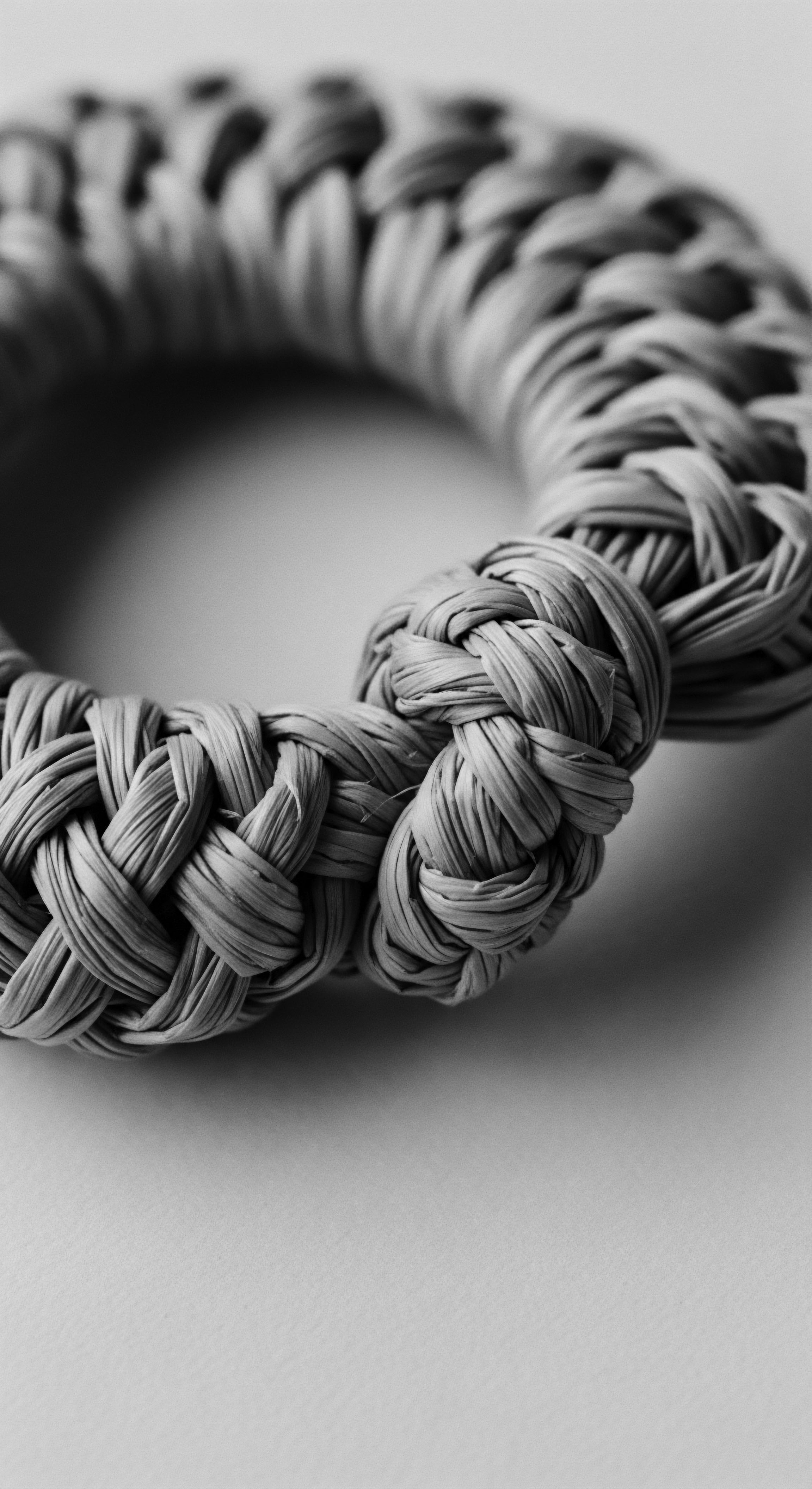
Cleansing as a Preparatory Act
For textured hair, proper cleansing serves as the bedrock for all subsequent styling endeavors. Historically, the hair was often prepared for elaborate protective styles – cornrows that mapped out stories, twists that celebrated lineage, and locs that signified profound personal and spiritual journeys. The plant cleansers of antiquity were uniquely suited for this preparatory role.
Their mild, conditioning properties meant that hair was purified without being unduly stripped, leaving it supple and pliable, ready for the meticulous fingerwork involved in these styles. A harsh cleanse would leave strands brittle, prone to breakage, and difficult to manage, undermining the very foundation of enduring traditional styles.
The very texture of these traditional cleansers, often in their raw, earthy forms, also lent itself to the ritual. The physical process of working a clay or a pounded plant paste through the hair, massaging the scalp, was a meditative act. It demanded presence, patience, and a deep, tactile connection to one’s own hair. This slow, deliberate engagement not only ensured thorough cleaning but also served as a moment of self-care and, in communal settings, shared experience, strengthening bonds and transmitting wisdom through shared actions.
Cleansing with plants transformed a functional need into a reverent ritual, preparing textured hair for its celebrated forms and its enduring cultural significance.
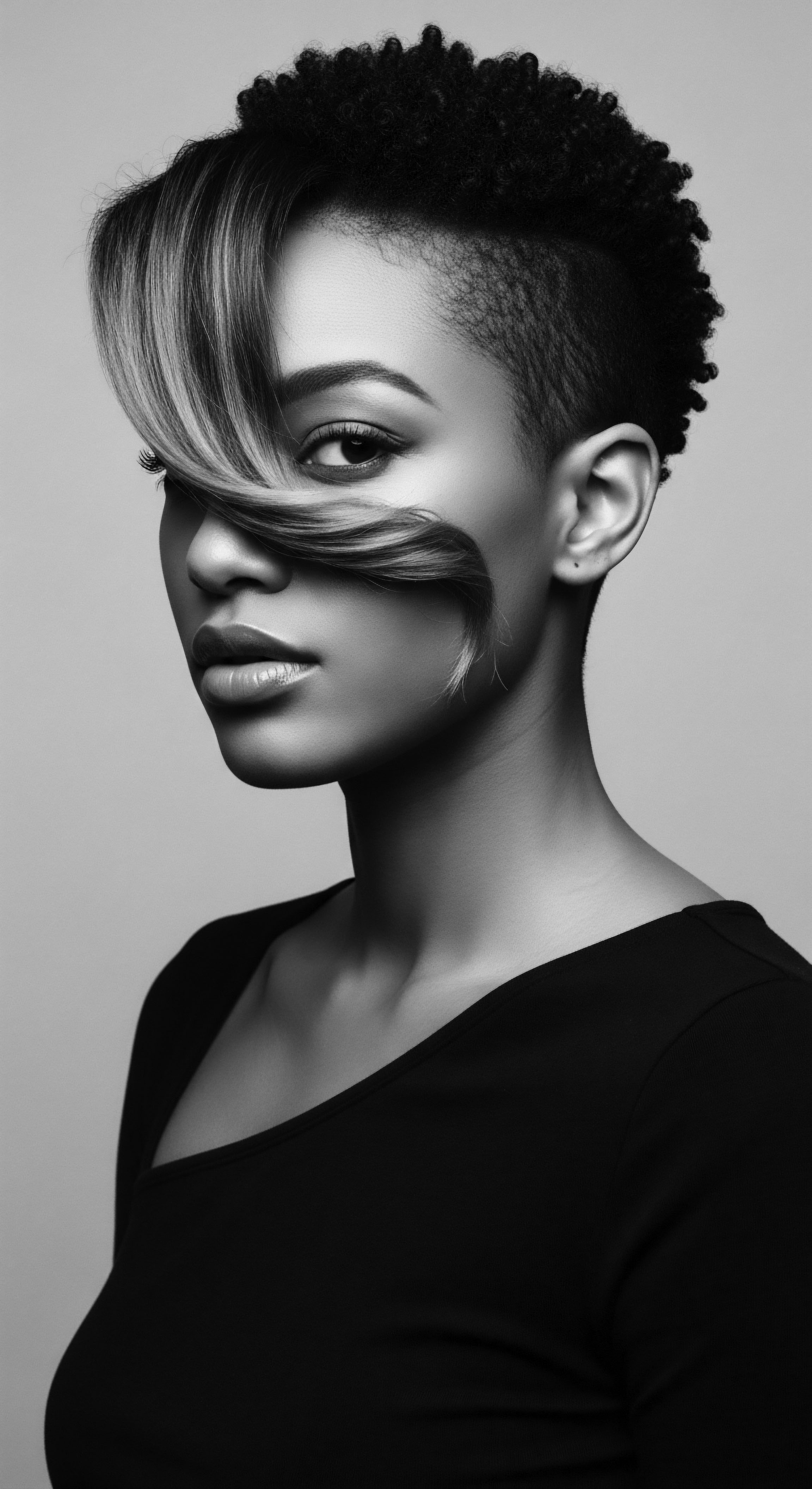
What Role Did Communal Cleansing Play in Hair Heritage?
In many ancestral Black and mixed-race communities, hair care was a communal affair, particularly among women. The cleansing ritual was often a shared space, a time for storytelling, for the quiet passing down of techniques, and for the affirmation of bonds. Daughters learned from mothers, nieces from aunts, as hands moved through hair, detangling, washing, and preparing strands for styles. Plant cleansers were integral to these gatherings.
Imagine the quiet hum of conversation, the gentle scent of plant extracts filling the air, as generations connected over a shared basin of herbal infusion. These were not just lessons in hair care; they were lessons in belonging, in cultural continuity, and in the profound value placed on the body’s natural state. The efficacy of the plant cleanser was less about scientific measurement and more about its observable ability to render hair clean, soft, and ready for adornment, thereby facilitating this vital social exchange.
- Oral Tradition ❉ Knowledge of specific plant concoctions, their preparation, and their application for cleansing was rarely written down. It was communicated through verbal instruction and direct demonstration during shared hair care sessions.
- Skill Transfer ❉ The physical techniques of applying plant cleansers, massaging the scalp, and detangling hair were honed through observation and practice within the communal setting, ensuring precise handling of textured strands.
- Bonding and Storytelling ❉ These cleansing rituals provided a space for intergenerational connection, where personal narratives, community histories, and ancestral wisdom were exchanged, reinforcing cultural identity.

The Evolution of Cleansing Tools and Techniques
The earliest tools for applying plant cleansers were the human hand and perhaps simple gourds for water. Over time, ingenuity brought forth natural sponges or rough cloths to aid in distributing the cleanser and stimulating the scalp. The very act of finger-combing during cleansing, a practice still deeply embedded in textured hair routines, is a direct inheritance from these ancestral methods. It allows for gentle detangling while the hair is saturated with a plant-based slip, minimizing breakage.
Modern tools, like wide-tooth combs or detangling brushes, are simply extensions of this foundational approach, designed to work in harmony with the principles of gentle, slip-enhanced cleansing that plant-based formulas naturally provide. This continuum from past to present demonstrates how foundational practices, often enabled by elemental plant materials, shaped the very techniques we employ today for the care of textured hair.

Relay
The journey of plant cleansers, from their ancient roots to their contemporary applications, represents a profound relay of knowledge across time. It is a story of how ancestral wisdom, once considered folk practice, finds validation and deeper understanding through the lens of modern scientific inquiry, all while remaining tethered to the cultural hearth. The enduring significance of plant cleansers for textured hair lies not in their static historical presence, but in their dynamic adaptation and their continued relevance in fostering holistic well-being.

Building a Heritage-Informed Regimen
Crafting a regimen for textured hair that truly resonates with its heritage necessitates a thoughtful integration of ancestral wisdom with contemporary understanding. Plant cleansers serve as a cornerstone in such a regimen. Their gentle action means the scalp’s delicate microbiome is not unduly disturbed, allowing it to maintain its natural equilibrium.
This respect for the scalp’s ecosystem mirrors an ancestral philosophy that viewed the body, and by extension, hair, as interconnected with nature. When the scalp is balanced, less prone to irritation or excessive oil production, it creates an optimal environment for healthy hair growth, mitigating common textured hair concerns like dryness and breakage.
The application method, too, is a relay from the past. The practice of massaging plant cleansers into the scalp and working them down the hair shaft with the pads of the fingers is a technique rooted in generations of touch. This method not only distributes the cleanser evenly but also stimulates blood flow to the follicles, providing essential nutrients. The efficacy of this tactile engagement is a quiet testament to the intuitive understanding of our foremothers, who knew that true care extended beyond the superficial.

How Do Plant Cleansers Address Scalp Wellness From an Ancestral Perspective?
Ancestral hair care wisdom often prioritized scalp wellness as the foundation for vibrant hair. Plant cleansers, by their very nature, were central to this approach. Many traditional plant-based cleansing ingredients possess inherent properties that extend beyond mere purification. For instance, some botanicals contain compounds with Anti-Fungal or Anti-Bacterial attributes, effectively addressing conditions like dandruff or minor scalp irritations without harsh chemicals.
Others are rich in emollients, leaving the scalp moisturized rather than parched after washing, a crucial factor for a healthy skin barrier. This preventative and curative capacity, ingrained in the very chemistry of these plants, meant that cleansing was also a therapeutic act, a holistic treatment for the entire hair ecosystem. The historical use of specific plants for alleviating itchiness or promoting hair retention, for example, points to an early grasp of dermatological principles, long before the advent of modern microscopy. This ancient understanding serves as a profound precursor to today’s scientific validations of botanical efficacy.
| Plant-Derived Property Saponins (natural surfactants) |
| Ancestral Benefit for Textured Hair Gentle cleansing without harsh stripping, preservation of natural moisture. |
| Modern Scientific Validation/Benefit Maintain hair’s lipid barrier, reduce frizz, minimize protein loss during washing. |
| Plant-Derived Property Mucilage/Gums (polysaccharides) |
| Ancestral Benefit for Textured Hair Natural slip for detangling, enhanced hair softness, improved manageability. |
| Modern Scientific Validation/Benefit Reduces friction and breakage during wash day, provides hydration and conditioning. |
| Plant-Derived Property Antioxidants (vitamins, polyphenols) |
| Ancestral Benefit for Textured Hair Protection against environmental damage, scalp health, vibrant appearance. |
| Modern Scientific Validation/Benefit Combat oxidative stress on hair follicles, support healthy cell turnover. |
| Plant-Derived Property Anti-Inflammatory Compounds |
| Ancestral Benefit for Textured Hair Soothing irritated scalps, reducing itchiness, creating favorable growth environment. |
| Modern Scientific Validation/Benefit Alleviate conditions like dermatitis, psoriasis, and folliculitis, promoting scalp comfort. |
| Plant-Derived Property The multi-functional nature of plant cleansers, long understood through ancestral practice, finds compelling support in contemporary scientific analysis. |

Holistic Influences on Hair Health
The ancestral approach to textured hair care, deeply intertwined with plant cleansers, often embraced a broader holistic philosophy. Hair health was not isolated from overall well-being; it was viewed as a mirror of one’s internal state, diet, and spiritual harmony. This perspective meant that cleansing with plants was part of a larger continuum of care that included specific dietary practices, connection to community, and even spiritual ceremonies. The plant, therefore, was not merely a cosmetic ingredient; it was a conduit to a deeper connection to nature and self.
For example, the inclusion of certain herbs in cleansing rituals might have been attributed not only to their tangible cleansing properties but also to their perceived energetic or spiritual benefits, reinforcing a profound sense of self-acceptance and connection to one’s lineage. This comprehensive view, where external applications reflect internal vitality, is a powerful heritage to carry forward, reminding us that the support plant cleansers offer extends beyond the physical strand to nourish the very soul of a strand.
The enduring power of plant cleansers for textured hair lies in their quiet resilience and their profound ability to bridge the past and the present. They are a tangible link to the wisdom of our ancestors, a reminder that the earth holds all we need for health and beauty. Their continued relevance in our modern regimens speaks to an undeniable efficacy, born from centuries of observation and refined through the whispers of generations. The strands of textured hair, with their complex spirals and profound capacity for expression, continue to tell a story of heritage, a story that begins, often, with the gentle embrace of a plant’s natural gifts.
Common textured hair problems often find compassionate resolution through the wisdom of plant-based solutions, drawing from traditional insights. Consider the persistent challenge of Dryness; ancestral communities understood that stripping cleansers exacerbated this. Their plant-based methods, rich in natural emollients and humectants, maintained the hair’s inherent moisture, creating a softness that endured. For Breakage, often a consequence of harsh manipulation or environmental stressors, plant cleansers provided a gentle touch, minimizing damage during the wash process while delivering strengthening compounds.
Scalp conditions, like Dandruff or Irritation, were soothed by plants with inherent antimicrobial and anti-inflammatory properties, promoting a calm, healthy environment for growth. This foundational understanding, passed through generations, informs our modern quest for gentle, effective care. The historical application of plant-derived oils or teas post-cleansing further solidified these benefits, creating a synergistic regimen that honored the hair’s natural requirements and its profound connection to the earth’s bounty.
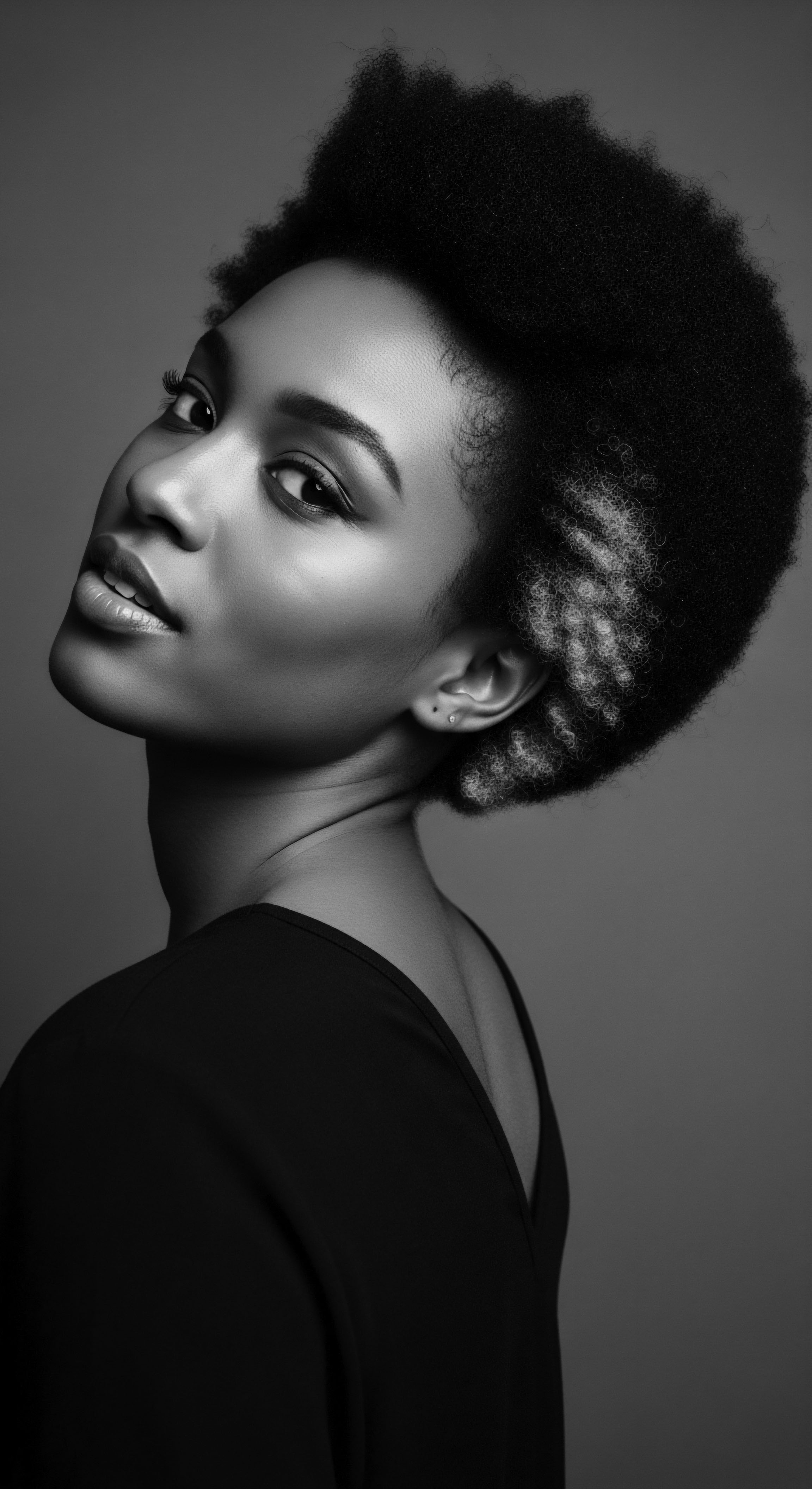
Reflection
The journey through the world of plant cleansers for textured hair is more than an examination of ingredients or techniques; it is a meditation on the enduring legacy etched into every coil and curl. It is a recognition that our hair, in its magnificent variations, carries the echoes of countless generations, a vibrant, living archive of resilience, creativity, and deep wisdom. The “Soul of a Strand” is not an abstract concept; it is the very essence of this heritage, passed down through the gentle rhythm of hands engaged in care, through the aromatic steam of ancient botanicals, and through the quiet understanding of what truly nourishes. Plant cleansers stand as faithful guardians of this legacy, reminding us that the most profound forms of care often spring from the most elemental sources.
They beckon us to remember a time when beauty practices were intertwined with the earth’s cycles and community bonds, when cleansing was an act of reverence, not just routine. As we look forward, the path to authentic hair wellness finds its truest compass in these ancestral blueprints, urging us to honor the past as we shape a radiant future for textured hair, a future that continues to bloom from its powerful, sacred roots.

References
- Nku Naturals. (2023, November 16). African Black Soap Hair and Scalp Treatment.
- Mama Africa Shea Butter. (n.d.). African Black Soap.
- Orlando Pita Play. (2023, November 17). Haircare Rituals Around the World ❉ Exploring Global Traditions.
- EcoFreax. (2023, August 24). African Black Soap ❉ The Natural Wonder for Skin and Hair.
- My Sasun. (2023, May 19). Exploring the Rich World of Nigerian Hair and Beauty Products.
- Ase Black Soap. (n.d.). Best African Black Soap for Hair and Face Care.
- Hiqma Xpress. (2023, March 13). The History and Cultural Significance of African Black Soap.
- LUCULLUS Medical. (n.d.). African Black Soap “Alata Samina”.
- DINKRA. (n.d.). Alata Samina Soap.
- Africa Imports. (n.d.). Traditional African Secrets for Long and Healthy Hair.
- Adom, E. M. Kofie, V. S. Ansah, R. A. Adu-Gyamfi, H. & Asumah, A. (2024). Cosmetopoeia of African Plants in Hair Treatment and Care ❉ Topical Nutrition and the Antidiabetic Connection? Cosmetics, 11(2), 52.
- Sharaibi, O. J. Oluwa, O. K. Omolokun, K. T. Ogbe, A. A. & Adebayo, O. A. (2024). Cosmetic Ethnobotany Used by Tribal Women in Epe Communities of Lagos State, Nigeria. Journal of Complementary Medicine & Alternative Healthcare, 12(4).
- Pistachio Hair & Body Wonders. (2025, May 19). Ose Dudu ❉ Black Soap and Ancestral Wisdom. TikTok.
- Princess_joan. (2025, May 16). Ose Dudu means “black soap” in the Yoruba language of Nigeria. TikTok.
